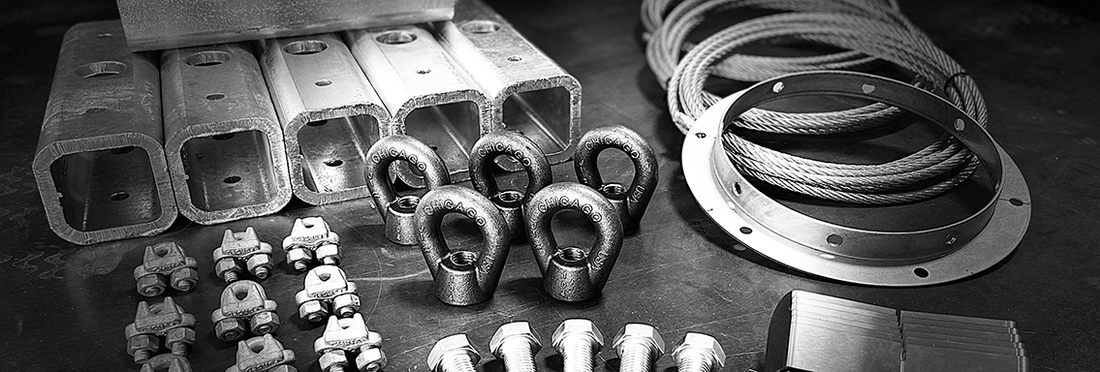Rhino Leads the Way
In many parts of the world, seismic safety isn't just good practice—it's the law. Regulations governing seismic restraints for poly water tanks are critical for protecting lives, property, and critical infrastructure. If you're involved in specifying, installing, or maintaining poly tanks, understanding these requirements—and choosing the right seismic restraint system—is non-negotiable.
Seismic Regulations for Water Tanks: What You Need to Know
Building codes like the International Building Code (IBC), along with regional standards such as ASCE 7 and CBC (California Building Code), mandate that structures—including water tanks—must be properly secured against seismic activity. These regulations are designed to ensure that essential systems remain operational after an earthquake and to minimize the risk of catastrophic failures.
Specifically, water tanks must:
- Maintain structural integrity during seismic events
- Remain anchored to their base to prevent tipping or sliding
- Be designed with seismic forces in mind, including lateral and vertical loads
- Failure to comply with seismic requirements can lead not only to dangerous tank failures but also to costly fines, business disruptions, and liability risks.
Why Poly Tanks Need Special Attention
Polyethylene water tanks are a popular choice due to their corrosion resistance, lightweight design, and affordability. However, their relatively low weight (especially when empty or partially filled) makes them more susceptible to seismic movement compared to heavier materials like steel or concrete. This makes having the right seismic restraint system even more critical for poly tanks.
Introducing Rhino’s Seismic Restraint Systems
Rhino Poly Tank Seismic Restraint Systems are designed specifically to meet and exceed stringent seismic standards for polyethylene tanks. Here's why Rhino is the trusted name in seismic tank safety:
1. Code Compliance You Can Trust
Rhino's restraint kits are engineered to comply with the IBC, CBC, and other relevant seismic regulations. Whether for commercial, industrial, or residential applications, Rhino's systems provide the documentation and performance needed to pass inspections with confidence.
2. Heavy-Duty Design for Maximum Protection
Rhino systems are built with heavy-gauge steel, durable mounting brackets, and adjustable tensioning assemblies. These components work together to absorb and distribute seismic forces, helping prevent tank displacement or structural failure.
3. Easy Installation, Maximum Versatility
Designed with simplicity and flexibility in mind, Rhino's seismic restraint kits can be installed on a wide variety of surfaces, including concrete pads and structural platforms. They are available in various configurations to suit different tank sizes and site-specific requirements.
4. Proven Performance in Real-World Conditions
With installations across seismic hotspots in North America and beyond, Rhino systems have been rigorously tested in actual earthquake scenarios. Their proven ability to protect critical water storage assets makes them a go-to choice for engineers, contractors, and facility managers.
Beyond compliance, installing seismic restraints provides a range of valuable benefits:
- Safety: Prevents tanks from toppling or sliding during earthquakes, protecting nearby structures and people.
- Operational Continuity: Ensures critical water supplies remain available during emergencies.
- Asset Protection: Minimizes tank damage and extends service life.
- Insurance and Liability Mitigation: Reduces potential legal exposure and may lower insurance premiums.
Final Thoughts
Seismic restraints are not just a regulatory checkbox—they are a crucial investment in safety, reliability, and peace of mind. Choosing a proven solution like Rhino’s Poly Tank Seismic Restraint System ensures that your water storage installations are ready to withstand the unpredictable forces of nature.
Don't leave your tanks vulnerable. Choose Rhino—and build with confidence.

